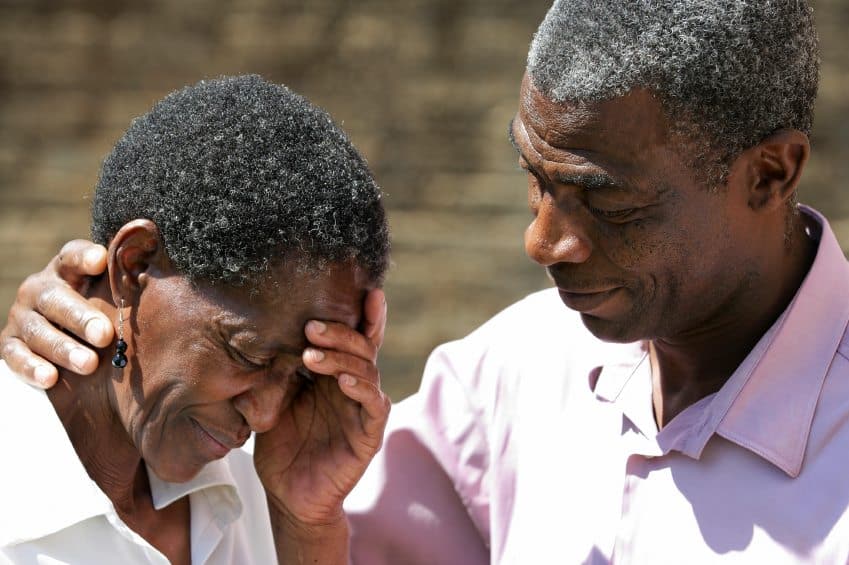
Parenting as a Queer Couple: Building a Strong Family
Parenting as a Queer Couple: Tips for Building a Strong Family
Reviewed by Debra Feinberg LCSW
At Maplewood Counseling, we provide inclusive care for people of all races, cultures, and backgrounds, including interfaith, interracial, BIPOC, LGBTQIA+, and blended families. Our therapists bring lived experiences and specialized training to create a safe, affirming space for all.

Practical Tips for LGBTQ+ Couples Raising Children
Parenting as a queer couple brings incredible rewards, but it can also present some unique challenges. LGBTQ+ parenting often involves navigating society’s expectations, responding to curious questions, and crafting a family story that honors who you are. Are you looking for ways to boost your children’s confidence while staying true to your values? Many parents seek out queer parenting tips to help build a loving, resilient family.
You’re not alone. Every family deserves to feel safe, supported, and celebrated. Whether you’re just starting your journey or raising teenagers, LGBTQ+ parenting can help you build a nurturing environment where both your children and your relationship thrive. Below, we share practical ways to create a happy, connected home.
Creating a Supportive and Affirming Home
The heart of a strong family is often found in its home environment. For those parenting as a queer couple, a purposeful and supportive home is one of the best defenses against outside pressures.
Celebrate Your Family Narrative
Your family’s story matters. Share openly with your children about how your family came to be—through adoption, surrogacy, donor conception, or previous relationships. Let your journey be a testament to love and intention. This openness is a key queer parenting tip that helps children feel secure in who they are.
- Read inclusive books: Choose stories that show all kinds of families. This simple act in LGBTQ+ parenting can help your child see themselves reflected in the world.
- Use accurate language: Give your children the words they need to describe your family. Parenting as a queer couple often means preparing your kids to talk confidently about their lives.
Normalize Diversity
Diversity should be part of your child’s everyday life—not just something discussed on special occasions. Surround your family with a supportive, diverse community, which is a meaningful part of LGBTQ+ parenting.
- Build a chosen family: Connect with other LGBTQ+ families. Knowing other families like theirs can give your child a sense of belonging—a valuable queer parenting tip.
- Encourage questions: Make your home a safe place for any and all questions. Parenting as a queer couple often means modeling openness, which helps children grow up curious and caring.
Navigating Societal Challenges Together
Society is moving forward, but LGBTQ+ parenting can still involve dealing with insensitivity or ignorance. Preparing your family for these moments supports resilience and confidence.
Equipping Your Children
One of the hardest things about parenting as a queer couple is knowing you can’t protect your child from every setback. But you can prepare them with tools and confidence, vital in LGBTQ+ parenting.
- Role-play scenarios: Practice how to respond to questions like “Where is your mom/dad?” or “Why do you have two dads?” Confident answers help children handle outside curiosity. This is one of the most effective queer parenting tips for daily life.
- Validate their feelings: If your child faces teasing or exclusion, listen closely and affirm their experiences. Part of LGBTQ+ parenting is helping children see their family as a source of strength.
Protecting Your Partnership
Parenting as a queer couple sometimes means feeling like you have to be “perfect.” But one of the best queer parenting tips is letting go of perfection and focusing on connection.
- Release the pressure: It’s normal to have tough days. LGBTQ+ parenting is ultimately about providing love and support, not meeting anyone else’s expectations.
- Prioritize your relationship: Take time for each other. Even small gestures can reinforce stability and help your family feel anchored.
Fostering Open Communication
Good communication is the backbone of every strong family. As your children grow, so will their questions. LGBTQ+ parenting benefits from honest, age-appropriate conversations.
Age-Appropriate Conversations
Toddlers need different information than teenagers. Parenting as a queer couple means evolving your conversations as your kids grow.
- For young children: Focus on love and safety. “Families are made of people who love and care for each other.” Simple messages like this are among the best queer parenting tips.
- For school-aged children: Invite them to share any questions they’ve heard from others about your family. A proactive approach is central to healthy LGBTQ+ parenting.
- For teenagers: Support their quest for independence and understanding of identity. Let them take the lead in conversations about what they’re comfortable sharing.
Addressing the “Coming Out” of Your Family
Kids with queer parents often have to “come out” about their family at new schools, on sports teams, or at camp. LGBTQ+ parenting means checking in with your child about how they feel in these moments.
- Check in regularly: Ask how they feel about sharing your family story with others.
- Follow their lead: Some children want to share openly, while others prefer privacy. Parenting as a queer couple works best when you respect everyone’s comfort level.
Ready for Extra Support on Your Parenting Journey?
If you and your partner would like guidance, greater connection, or a safe space to talk through your unique family concerns, we’re here for you. Our experienced therapists understand the journey of LGBTQ+ parenting and are ready to help.
- Call us today to set up a confidential consultation.
- Book online for an in-person or virtual session.
You deserve a family built on trust and understanding. Whether you’re seeking more queer parenting tips or navigating a new stage as a family, support is always accessible.
Frequently Asked Questions (FAQs)
How do I explain our family structure to my young child?
Keep it simple and focus on the love behind your family. Parenting as a queer couple means showing your children that their family is special and valued. Reading inclusive books and sharing your family stories are key parts of LGBTQ+ parenting.
What if my child faces bullying because of our family?
Offer immediate reassurance. LGBTQ+ parenting sometimes means giving your child specific queer parenting tips for handling tough moments. Work with their school to make sure all families are protected and respected.
Where can we find resources for LGBTQ+ parenting?
Look for national organizations, local groups, and the LGBTQ+ parenting services at Maplewood Counseling. Our team is here to offer practical guidance, queer parenting tips, and the support you need every step of the way.
How do we handle questions from strangers?
Parenting as a queer couple often invites questions. Discuss with your kids whether they want to educate, change the topic, or keep details private. LGBTQ+ parenting is about empowering your family to decide what feels right in each situation.
Is it normal to worry about my child “missing out” on a mother/father figure?
Yes, many parents have this concern. Research on LGBTQ+ parenting shows kids thrive with love, structure, and security—regardless of their parents’ genders. Parenting as a queer couple is all about providing the caring relationships and healthy role models children need.
Let’s Strengthen Your Family Foundation
Building a strong family takes intention, openness, and support. If you and your partner want to deepen your connection or need guidance in parenting as a queer couple, you don’t have to do it alone.
We’re here to help you navigate everyday challenges, celebrate your successes, and make the most of LGBTQ+ parenting.
Ready to connect with a supportive therapist?
- Call us today to schedule a consultation.
- Book online for an in-person or virtual session.
Your family’s happiness and stability are important. Whether you’re looking for queer parenting tips or ongoing resources for LGBTQ+ parenting, we’re here to support you every step of the way.
Helpful Resources for LGBTQ+ Parents
Navigating parenthood as a queer couple can bring unique questions and possibilities. We’ve gathered some helpful resources to support and empower you at every step:
- LGBTQ+ Couples Counseling
Strengthen your relationship and build a resilient partnership as you parent together. Our therapists are experienced in helping LGBTQ+ couples foster communication and emotional connection. - Family Therapy
Work through family challenges and celebrations with a supportive counselor. Family therapy can help deepen understanding, nurture bonds, and address concerns as they arise. - Parenting Support
Receive guidance tailored to your family’s needs, from navigating major transitions to addressing questions about identity, discipline, and connection. - LGBTQ+ Affirming Services
Access a safe, affirming space to discuss identity, relationships, and life’s complexities with therapists who understand LGBTQ+ experiences.
These resources are here to support your journey, offering a place to connect, reflect, and grow as a family.










